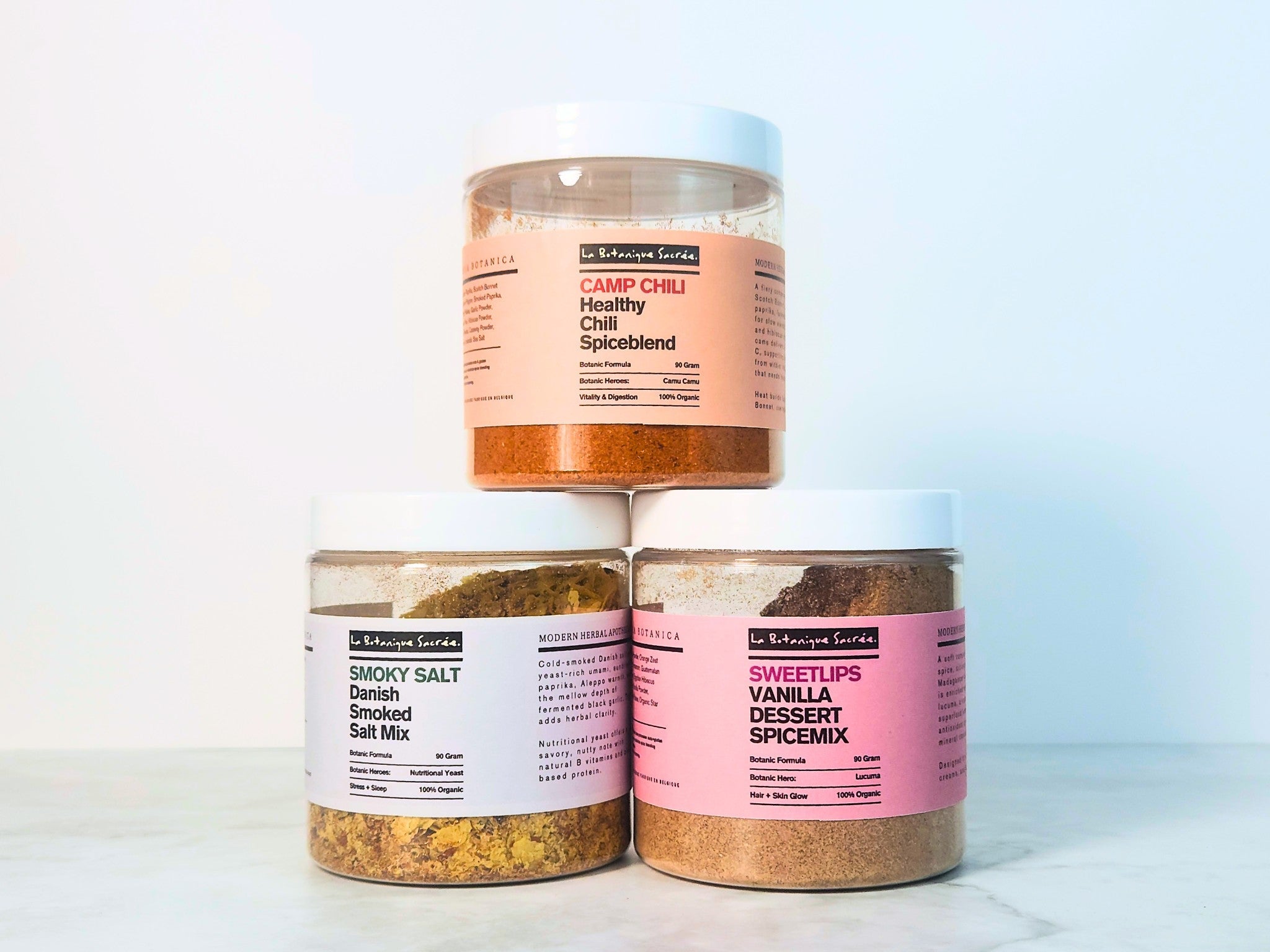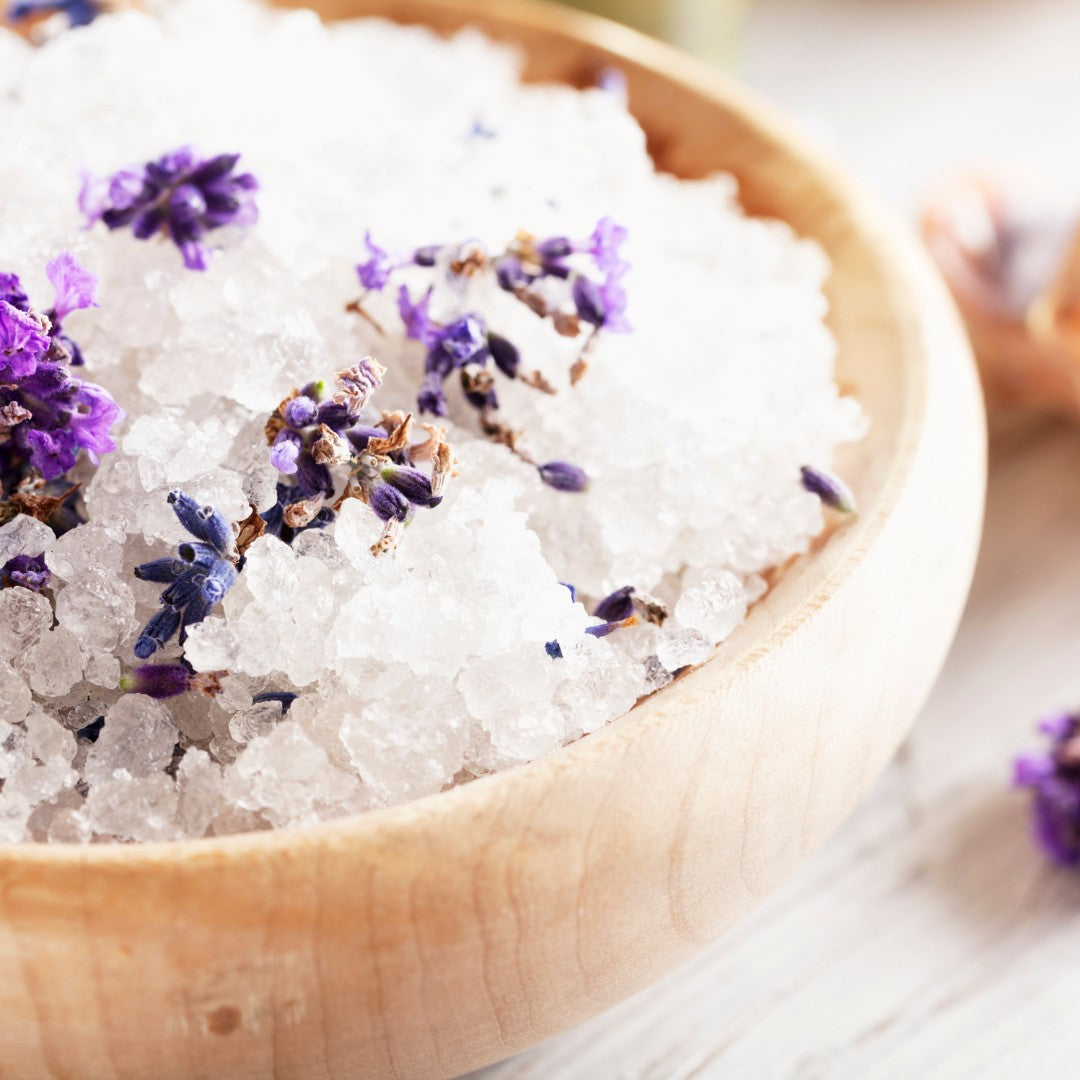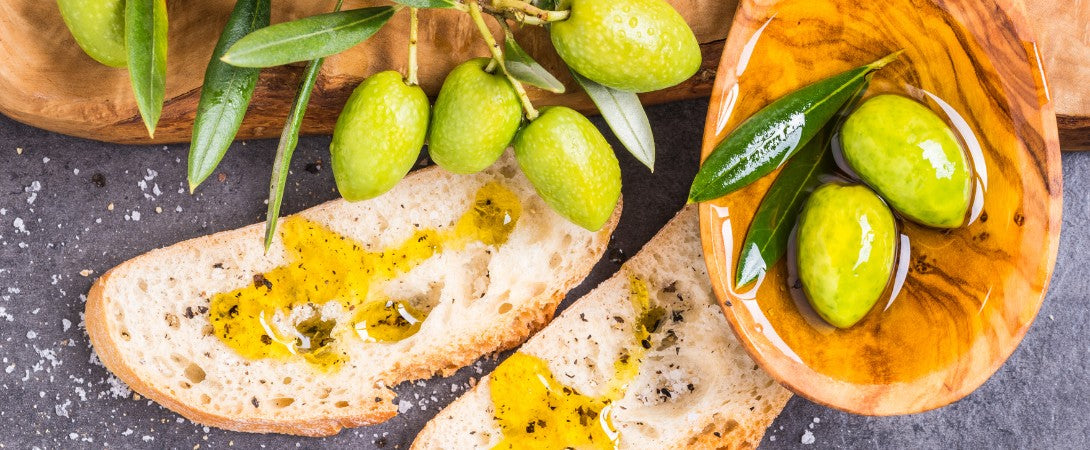Chemical Composition
Origin & Nutritional Composition
Chloride 54.5 % · Sodium 42.1 % · Magnesium 1.8 % · Sulphur 0.7 % · Calcium 0.39 % · Potassium 0.44 %, plus trace copper, iron, manganese, fluorine and more than 70 other micro-elements carried in pristine Arctic brine.
Drawn from the Breiðafjörður bay in Iceland’s Westfjords, the seawater is evaporated in open pans warmed solely by geothermal hot springs. The closed-loop process keeps the crystals free of additives, microplastics and fossil-fuel footprints while preserving their native electrolyte spectrum.
Cultural & Historical Significance
Salt was once so scarce in Iceland that merchants sailed it in from abroad. An 18th-century Danish-financed saltworks at Reykhólar sparked local curiosity, though it folded after a few seasons. Two centuries later, artisans revived the craft with modern sustainability standards. Their airy flakes are now prized on New Nordic tasting menus and celebrated as a quiet symbol of national ingenuity.
Flavor Profile
Feather-light pyramids crunch, then disappear, releasing a crisp salinity with subtle sweetness, a hint of seaweed minerality and a cool, clean finish—like standing at the shoreline on a still morning.
Functional Use
Ideal as a finishing flourish: scatter over seared cod, roasted root vegetables, dark-chocolate ganache or even a birch-smoked Old Fashioned. The flakes dissolve quickly, seasoning evenly without smothering delicate aromas.
Health Benefits
Compared with many sea salts, Icelandic flakes deliver roughly triple the magnesium and double the potassium—electrolytes essential for muscle recovery, nerve signaling and fluid balance. Their broad trace-element profile helps round out daily mineral intake. Season to taste; salt is still salt.
Fun Tidbits
• Each crystal takes four days to form, growing into hollow pyramids that resemble miniature snowflakes.
• The entire operation is carbon neutral, powered by subterranean geothermal heat.
• Independent lab screenings show industry-low heavy-metal levels and undetectable microplastics.
• The Icelandic word for salt—salt—has remained unchanged since the Viking era.





